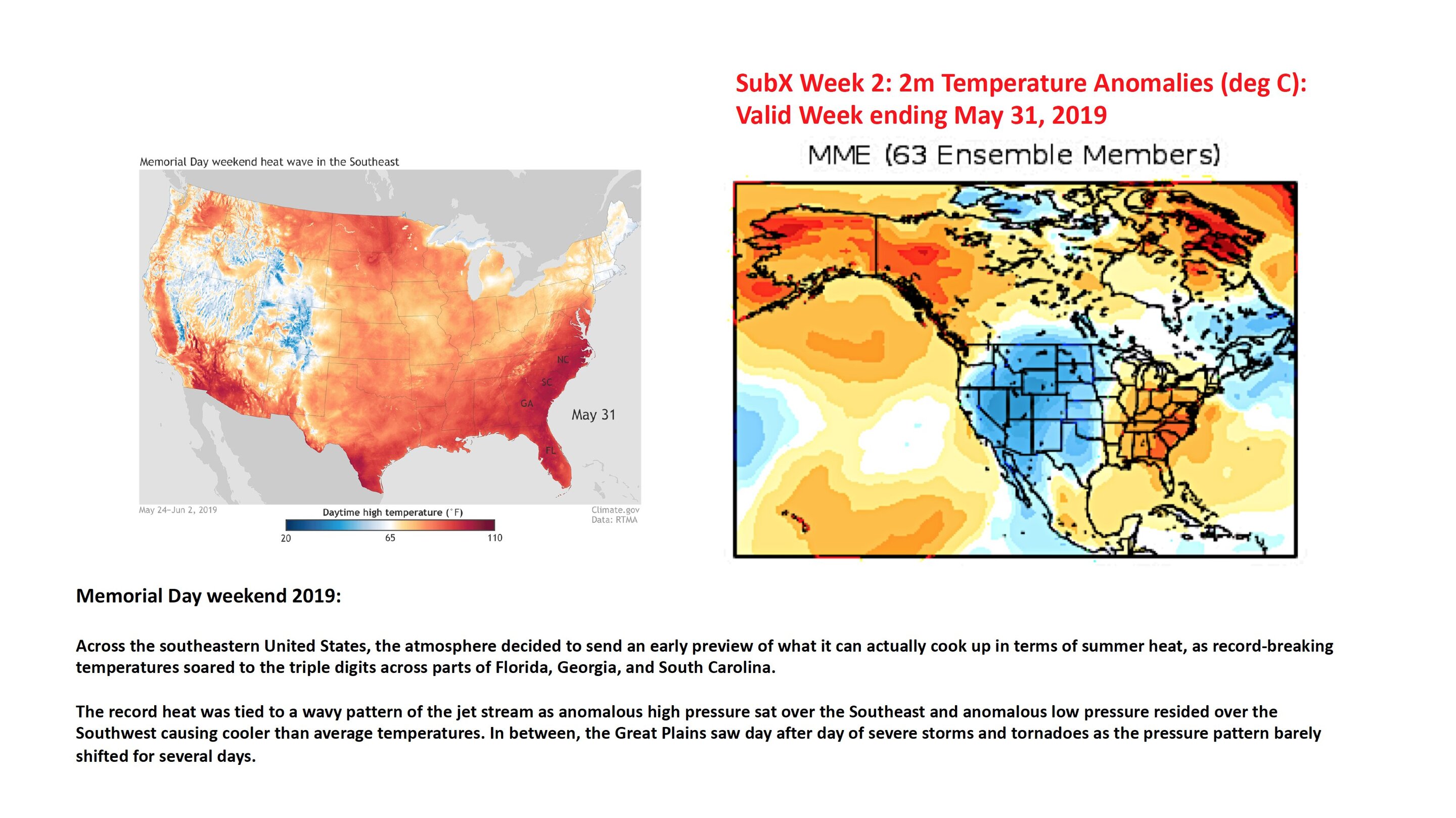Experiment closes critical gap in weather forecasting
From phys.org:

Scientists working on the next frontier of weather forecasting are hoping that weather conditions 3-to-4 weeks out will soon be as readily available as seven-day forecasts. Having this type of weather information—called subseasonal forecasts—in the hands of the public and emergency managers can provide the critical lead time necessary to prepare for natural hazards like heat waves or the next polar vortex.
Scientists like University of Miami (UM) Rosenstiel School of Marine and Atmospheric Science Professor Ben Kirtman and Assistant Professor Kathleen Pegion at George Mason University are leading the way to close this critical gap in the weather forecast system through the SubX project. SubX—short for The Subseasonal Experiment—is a research-to-operations project to provide better subseasonal forecasts to the National Weather Service.
"Subseasonal predictions is the most difficult timeframe to predict," said Kirtman, a professor of atmospheric sciences and director of the NOAA Cooperative Institute for Marine and Atmospheric Studies (CIMAS). "The hardest part is taking all the observations and putting them into the model."
SubX is filling the gap between the prediction of weather and the prediction of seasonal conditions, which is guided by slowly evolving ocean conditions like sea surface temperatures and soil moisture and variability in the climate system that work on time scales of weeks. To get to the subseasonal scale, scientists need information on conditions that affects global weather such as large-scale convective anomalies like the Madden-Julian Oscillation in the tropical Indian Ocean into their computer models.
more ...
